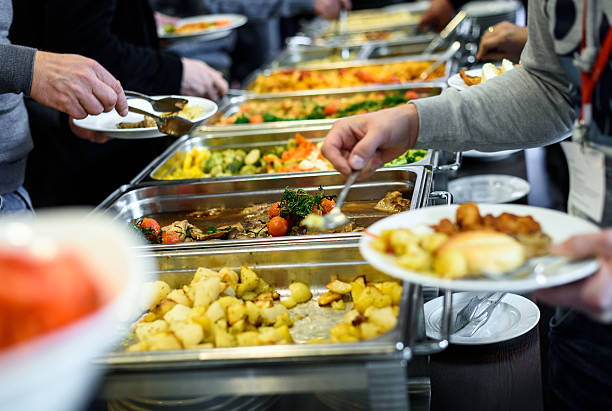The SQF 2000 Code is described as a HACCP based supplier assurance code for the food manufacturing and distributing industries.
The Safe Quality Food (SQF) 2000 Code is a quality management certification program that is one of the recognised Global Food Safety Initiative schemes. The Global Food Safety Initiative (GFSI) is a collaboration between retailer, manufacturer and food service companies, as well as service providers associated with the food supply chain. It is coordinated by The Consumer Goods Forum is independent global network for consumer goods retailers and manufacturers worldwide with nearly 400 members, in over 150 countries.
In May 2000 the GFSI was launched, it sets requirements for food safety schemes through a benchmarking process.
The manufacturing schemes approved by GFSI include BRC Global Standard Version 5, Dutch HACCP (Option B), FSSC 22000, Global Aquaculture Alliance BAP Issue 2 (GAA Seafood Processing Standard), Global Red Meat Standard Version 3, International Food Standard Version 5, SQF 2000 Level 2 and Synergy 22000.
The SQF Code was first developed in 1994 with the assistance of experts in the food industry and Hazard Analysis Critical Control Point (HACCP) Guidelines. The Food Marketing Institute (FMI) acquired the rights to the SQF Program in 2003 and established the SQF Institute (SQFI) Division to manage the Program.
The SQF 2000 Code has 13 sections, the key requirements for food quality management systems are outlined in Section 4 SQF 2000 System Requirements, Section 5 Food Safety Fundamentals – Building and Equipment Design and Construction, and Section 6 Food Safety Fundamentals – Pre-requisite Programs.
The SQF 2000 Code is a HACCP based quality management system standard designed for use by all sectors of the food industry. The Code emphasizes the use of NACMCF and CODEX HACCP Principles and Guidelines to help the supplier produce safe food. The implementation of an SQF 2000 quality management system requires customer food safety and quality requirements to be addressed.
Certification of SQF 2000 Systems demonstrates that Food Safety Plans have been implemented in accordance with the HACCP Method. Certification to the SQF 2000 Code is an indication of an organisations commitment to produce safe, quality food in compliance with the requirements of the SQF 2000 Code and applicable food legislation.
The SQF 2000 Code is divided into three Certification levels which indicate the standard of the food safety and quality management system:
Level 1: Food Safety Fundamentals
Prerequisite programs are established incorporating fundamental safety controls essential to the production and manufacture of safe food. This level is appropriate for low risk products.
Level 2: Certified HACCP Food Safety Plans
Prerequisite programs and safety risk assessments of the products and processes using the HACCP method, and action plans to eliminate, prevent or reduce safety hazards are established.
This is the minimum level for suppliers of high risk products.
Level 3: Comprehensive Quality Management Systems Development
Prerequisite programs and safety risk assessments of the products and processes using the HACCP method, and action plans to eliminate, prevent or reduce food hazards are established plus food quality assessments are completed to identify the controls needed to ensure a consistent level of quality. Level 1 and Level 2 certification are prerequisites to gaining a Level 3 SQF certificate. The SQF 2000 certification trademark can only be used after achieving Level 3 certification.




